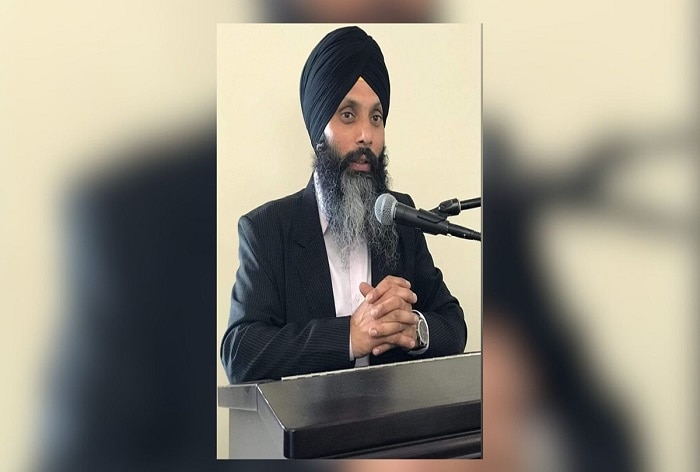
[ad_1]
Nijjar, who moved to Canada in February 1997 to be a plumber, was a key figure in the movement for an independent Khalistan — a separate homeland for Sikhs in the Indian subcontinent.

New Delhi: Hardeep Singh Nijjar, head of the Guru Nanak Sikh Gurdwara Sahib in Surrey, Canada, was killed on Sunday (June 18) evening. He was the chief of the separatist organisation Khalistan Tiger Force (KTF). Nijjar, who was 46, was shot dead by two unidentified men on the premises of the gurdwara at 8.27 pm local time (around 9 am in India on Monday), as he headed home for the day. Hardeep was under the scanner of the NIA for a long time and was an active participant in the ongoing protest of Sikh extremists outside the Indian consulate and High Commission. Nijjar, who had moved to Canada in the late 1990s, was declared as a designated terrorist by India in 2020 and carried a reward of Rs 10 lakh.
According to security agencies, Nijjar was actively involved in recruiting and training people for the banned terrorist outfit, KTF. He was also a part of the separatist outfit Sikhs for Justice (SFJ), which held a Khalistan referendum on September 10.
Who Was Hardeep Singh Nijjar
- Nijjar, who moved to Canada in February 1997 to be a plumber, was a key figure in the movement for an independent Khalistan — a separate homeland for Sikhs in the Indian subcontinent.
- But for the Indian government, he was wanted for allegedly being a “mastermind/active member” of the Khalistan Tiger Force (KTF), which the Indian government designates as a terrorist group.
- Nijjar was wanted in several cases, including the 2007 blast that killed six and injured 42 in the city of Ludhiana in Punjab.
- Gurpatwant Singh Pannun, Nijjar’s friend and fellow Sikh nationalist, had told Global News in June that Nijjar said that gang members had warned him Indian intelligence agents had put a bounty on his head.
- The Canadian Security Intelligence Service also told Nijjar they had information that he was “under threat from professional assassins,” Pannun had said.
- The 1980s and early 1990s in India saw an armed conflict between the Indian government and Sikh separatists in the Sikh-majority northern state of Punjab. Amid a crackdown on the insurgency, Nijjar’s brother was arrested by police in India. In 1995, Nijjar himself was arrested.
- In 1997, Nijjar came to Canada, claiming he had been beaten and tortured by Indian police. In 1998, his refugee claim was denied. According to his immigration records, he used a fraudulent passport that identified him as “Ravi Sharma.”
- “I know that my life would be in grave danger if I had to go back to my country, India,” he wrote in his affidavit, dated June 9, 1998.
- In 2015, another case was filed against Nijjar for his alleged role in “targeting Hindu leaders” and yet another case was lodged against him in 2016, pertaining to his alleged “involvement in the training and funding of Mandeep Dhaliwal and hatching a conspiracy to kill “Hindu leaders”.
- As per NIA documents, Nijjar’s residences in Canada were located at 8193, 143-A Street, Surrey BC, Canada, and 1418, 142 Street, 72 Avenue, BC (British Columbia) Canada.
- A Look Out Circular (LOC) and a Red Corner Notice (RCN) were also issued against the Nijjar in 2015 and 2016.
- In 2018, the National Investigation Agency (NIA) said it was probing Hardeep Singh Nijjar’s involvement in the killing of RSS leaders in Punjab.
- It is also reported that Nijjar used to work with Avtar Singh Khanda, a Khalistani leader of the Khalistan Liberation Force (KLF) who died due to cancer in the UK last week.
[ad_2]